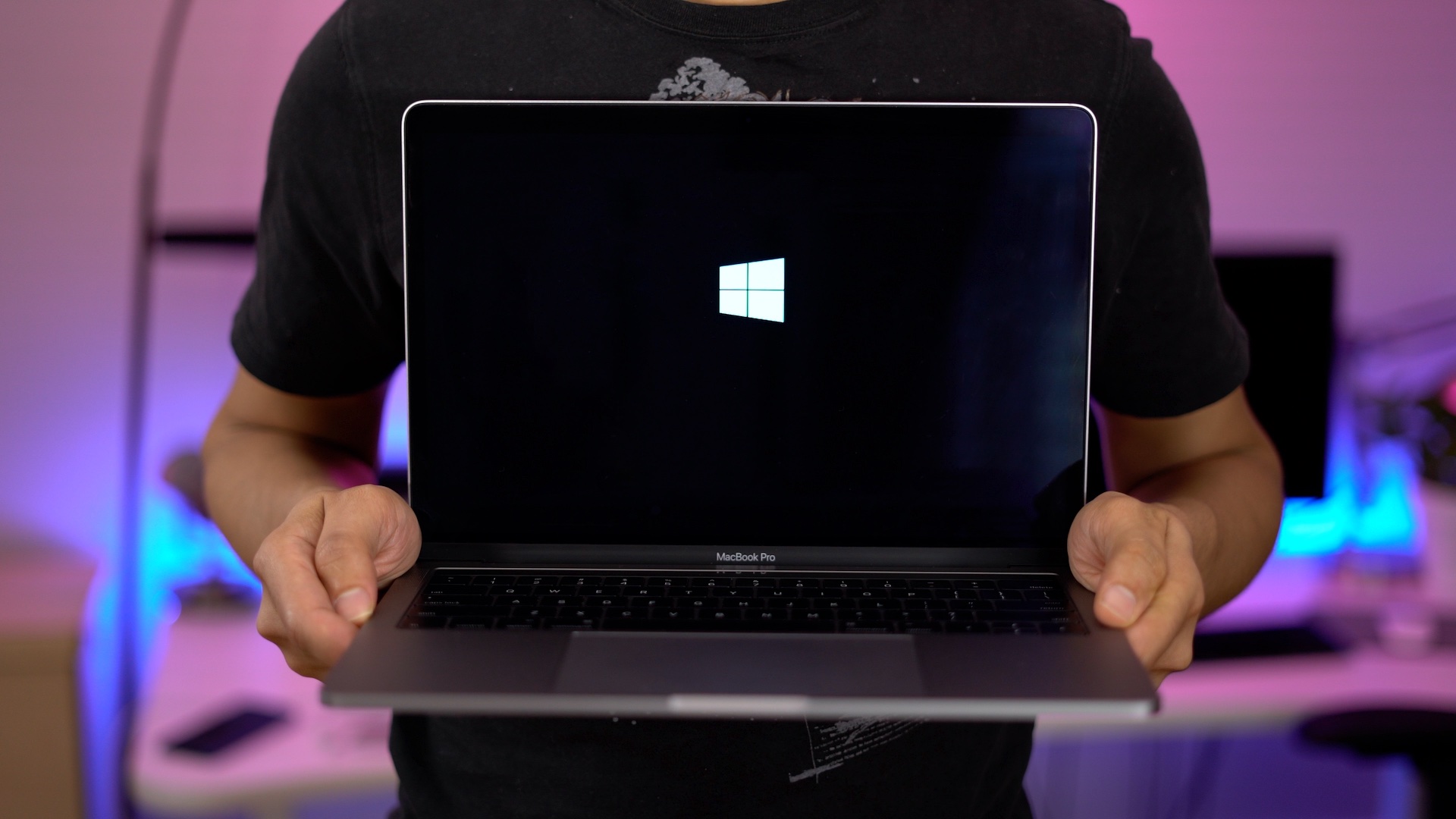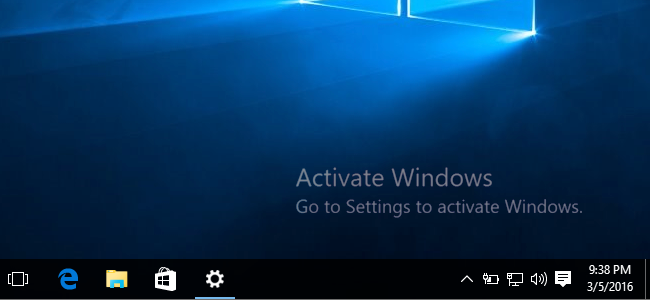

DO I HAVE TO BUY WINDOWS 10 FOR MAC INSTALL
That way, when you install it on your new system you can skip the license part and just finish the install. You just have to use the Setting app to remove it from your current system before you install it on your new system. If you bought the Retail version, you can transfer it between machines. It's tied forever to the first hardware it is installed on. If you bought the Original Equipment Manufacturer (OEM) version it's not transferable. When Windows is installed, it registers the license to that hardware and your MS account.
Particularly considering that you can easily get the best Mac antivirus app these days, and they don't even have to cost that much.Windows 10 no longer uses license keys. When you weigh everything up, given the increasing amounts of Mac malware – albeit with much of it not as serious as the malicious software targeting Windows – and the possibility of exploits managing to get around Apple’s (admittedly good) security, there is certainly a valid argument for backing up the core protection provided by macOS with a second layer of defense in the form of an antivirus.
DO I HAVE TO BUY WINDOWS 10 FOR MAC CRACKED
As the security company notes: “macOS’ built-in security systems have not cracked down on adware and PUPs to the same degree that they have malware, leaving the door open for these borderline programs to infiltrate.”Īnd as we’ve noted, those ‘borderline’ apps may not wreak havoc on your system like a traditional piece of malware, but you still don’t want those kind of things hanging around on your Mac. Vulnerabilities at a hardware level can be another dangerous potential attack vector against Mac systems, too, as we’ve seen in the past with the likes of ZombieLoad.īesides, as Malwarebytes points out, Apple’s integrated security measures aren’t so great about picking up the ‘malware light’ efforts we mentioned above. There’s no doubting that the level of security provided by Apple is sterling stuff – but nonetheless, these systems aren’t fool-proof, and we have seen ways to get around Gatekeeper in the past, or attempts to trick users and foil this built-in security. All this helps protect those downloading software from outside of the official App Store.

The firm incorporates features such as XProtect antivirus protection, and the likes of Gatekeeper, insisting that all software is digitally signed (or notarized, in other words, checked by Apple for issues or malicious code). It is true that macOS is built to be seriously secure, and Apple implements a number of measures within the operating system to that end. (Image credit: Shutterstock Apple) But isn’t my Mac secure by design anyway?ĭespite these growing dangers, you may well ask: but isn’t my Mac secure by design anyway?

So given this, and the apparent increase in Mac threats – which is doubtless tied into Apple’s machines becoming more popular – anyone who has been following all this will likely have become more concerned about Mac security, and rightly so. Witness, for example, the recent revelation of a new strain of Mac ransomware (the first such sighting in some four years). However, we’ve also seen a regular drip of articles about Mac malware hitting the headlines. Of course, we must also bear in mind that this is just a single report, and it’s unwise to put too much emphasis on any one source in isolation. These kind of efforts aren’t nearly as serious or dangerous as the full-fat malware out there, but they can certainly be unpleasant in at least some cases, hijacking your browser, changing your default search engine or perhaps serving up sponsored results to the benefit of the author. The big caveat here is that much more malware is still aimed at Windows PCs, with the Mac getting hit more with adware and potentially unwanted programs (PUPs), or ‘malware light’ as Malwarebytes dubs it. That stark headline isn’t the full story, though.


 0 kommentar(er)
0 kommentar(er)
